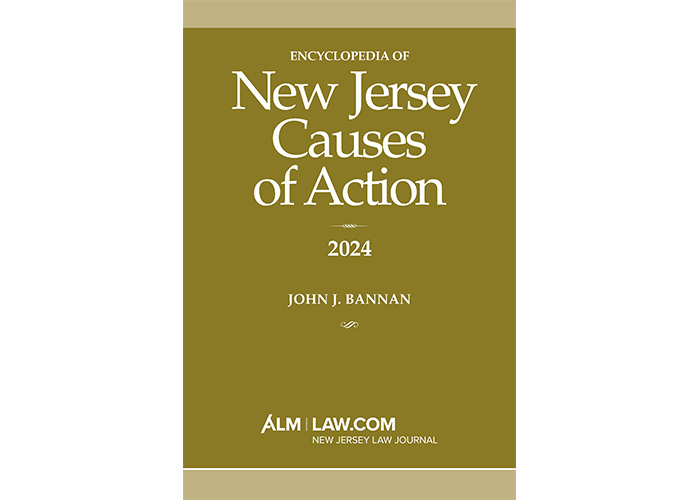Lawsuits against school districts over student-on-student bullying are garnering more attention.
And getting notice from the public is key to ensuring such suits help bring about lasting impact towards making schools a safe place for marginalized students, some legal observers said.
The stakes in bullying litigation are getting higher. In July, the Rockaway Township Board of Education in New Jersey agreed to pay $9.1 million to the parents of a middle school student who ended her own life after becoming the target of cruel taunts.
And in February, the Greenwich school system in Connecticut agreed to pay $5 million to the family of a high school student who ended his life after experiencing bullying. But such payouts are rare, and settlements in the six figures are far more common for such suits, some attorneys said.
 Emily Suski, associate dean for clinics and externships and an associate professor of law at the University of South Carolina School of Law. Courtesy photo
Emily Suski, associate dean for clinics and externships and an associate professor of law at the University of South Carolina School of Law. Courtesy photo
Lawsuits against schools for failing to protect students from bullying do help make the halls of school a more hospitable place for students on the margin, but it’s hard to quantify the impact they have, said Emily Suski, a professor at the University of South Carolina School of Law who studies the role of law in the caretaking of children.
“I think that it can’t help but help. The question is more to what extent and how far-reaching is that help. Once they’re held accountable for failing to do something right, they are much more likely to institute reforms and put new procedures in place to ensure this doesn’t happen again,” Suski said.
“It may not be a perfect solution, but [litigation] is a tool you want available to hold schools to account where they fail to protect kids. You want some remedy for any individual kid who has not been protected when they’ve been bullied or harassed in some way. Otherwise, what else do we have?” Suski said.
A school that learns about a bullying settlement in a neighboring district is likely to take steps to improve its own response to bullying, while impact is minimal if the case outcome is kept confidential, Suski said.
“So the closer a school is to that last successful lawsuit, the more likely they may be to do something about it,” Suski said.
 Atlanta’s John Marshall Law School Associate Professor Elizabeth Jaffe. Courtesy photo
Atlanta’s John Marshall Law School Associate Professor Elizabeth Jaffe. Courtesy photo
“But beyond that, where the outcome is kept confidential, [the impact] is probably smaller,” Suski said
Elizabeth Jaffe, a professor at Atlanta’s John Marshall Law School who is preparing a law review article on the impact of bullying suits, said as much as the financial liability from a lawsuit, schools are concerned about notoriety from such a case.
“And so what’s happening is, the schools are trying to keep it as under wraps as they can. So you have to think about how many instances there are that we don’t know about.” Jaffe said.
Jaffe said teachers and administrators tend not to be indifferent about bullying but any training they receive on the subject competes for attention with a plethora of other issues. “The average teacher or administrator has so much on their plate. There is training that goes on, that that’s along with everything else that they’re getting–I mean, they have to get active shooter training now, too.” she said.
The 2011 statute that New Jersey enacted requiring school districts to follow procedures related to harassment, intimidation and bullying is an unfunded mandate, says Lester Taylor, an attorney at Florio, Perucci, Steinhardt, Capelli, Tipton and Taylor in New Providence, New Jersey who represents several boards of education.
 Lester Taylor, Florio Perrucci Steinhardt Cappelli Tipton & Taylor
Lester Taylor, Florio Perrucci Steinhardt Cappelli Tipton & Taylor
“So you’ve got school districts that are already cash strapped, trying to hire and retain the best qualified personnel, maintain and expand academic as well as extra extracurricular and athletic programs, special education needs, facilities needs, bus drivers, etcetera,” Taylor said. “And the [harassment, intimidation and bullying] personnel—there’s no additional funding for them. So that’s something that perhaps the state government and legislature can review.”
Taylor emphasized in an interview that cases where school districts are sued for bullying are anomaly and they represent a small portion of those bullying complaints filed every day in school districts.
On the impact of bullying litigation, Taylor said, “Yes, it does raise awareness. Yes, it does heighten sensitivity. Yes, it does trigger appropriate dialogue and discussion amongst the educational community, internally from a policy setting standpoint with board and from a day to day administration standpoint with the superintendent and his or her staff, and the overall community. All I’m saying is that from my experience, those examples are again, the exception, not the norm.”
From Employment Law to School Bullying
Heidi Weintraub, a litigator at Javerbaum, Wurgaft, Hicks, Kahn, Wikstrom & Sinins in Voorhees, New Jersey who represents plaintiffs in bullying suits against school districts, says she has occasionally raised claims of reckless indifference against school administrators.
But in the vast majority of cases, school officials who don’t follow the law on bullying are merely unaware of some of its requirements, Weintraub said. Among them is a requirement that any instance of harassment, intimidation or bullying be reported promptly to an administrator, she said.
“When you become an educator, you do care about the safety and welfare of the kids. It’s not just the HIB policy that has to be followed, but there’s the code of Student Conduct and all kinds of other policies that have to be enforced. And I think teachers are busy,” she said.
 Heidi R. Weintraub of Javerbaum Wurgaft Hicks Kahn Wikstrom. Courtesy photo
Heidi R. Weintraub of Javerbaum Wurgaft Hicks Kahn Wikstrom. Courtesy photo
Weintraub said she files three to four school bullying cases per month along with her associate, Zachary Green. She was an employment lawyer who did bullying suits on the side, but noticed the demand for representation in such cases picked up about five years ago with the continued growth of social media as a means for students to disparage one another.
She believes that the work she does makes a difference, and says that the seriousness she sees at depositions for bullying cases suggests school district administrators take the issue seriously.
“I would hope that that the exercise has made them go back and revamp policies and reeducate and retrain. And in certain instances, I have received word that that has occurred,” she said.
About 50 to 60% of her suits are covered in local news media at the time they are filed, but far fewer cases are covered when there’s a settlement, Weintraub said.
“Plaintiff’s lawyers who practice in this area want justice, not only for our clients, but we want to effectuate change. I think more plaintiffs lawyers should think about practicing in this area of law. They’re not easy cases, and you have to be very committed,” Weintraub said. “But I do like I said: Our hope is that this will effectuate change and allow the district to really appreciate the dangers of allowing bullying to continue unabated, and how harmful it can be to these children.”
NOT FOR REPRINT
© 2024 ALM Global, LLC, All Rights Reserved. Request academic re-use from www.copyright.com. All other uses, submit a request to [email protected]. For more information visit Asset & Logo Licensing.


 Credit: Tero Vesalainen/Shutterstock.com
Credit: Tero Vesalainen/Shutterstock.com







